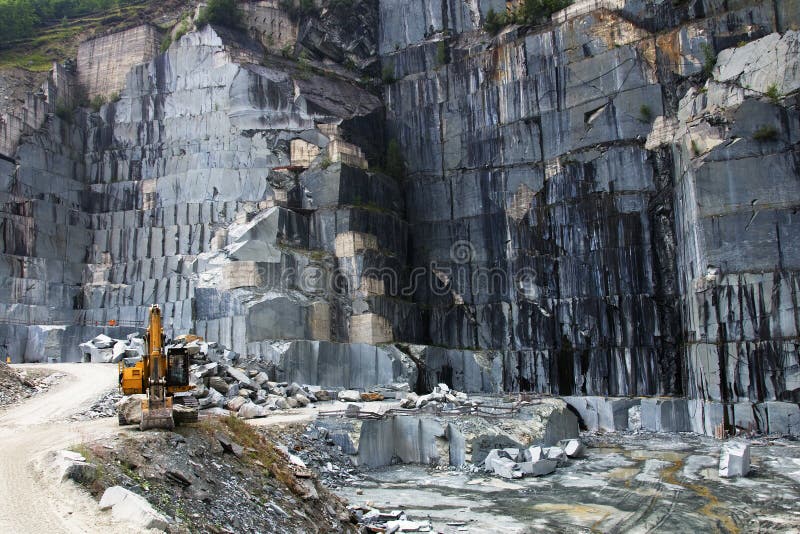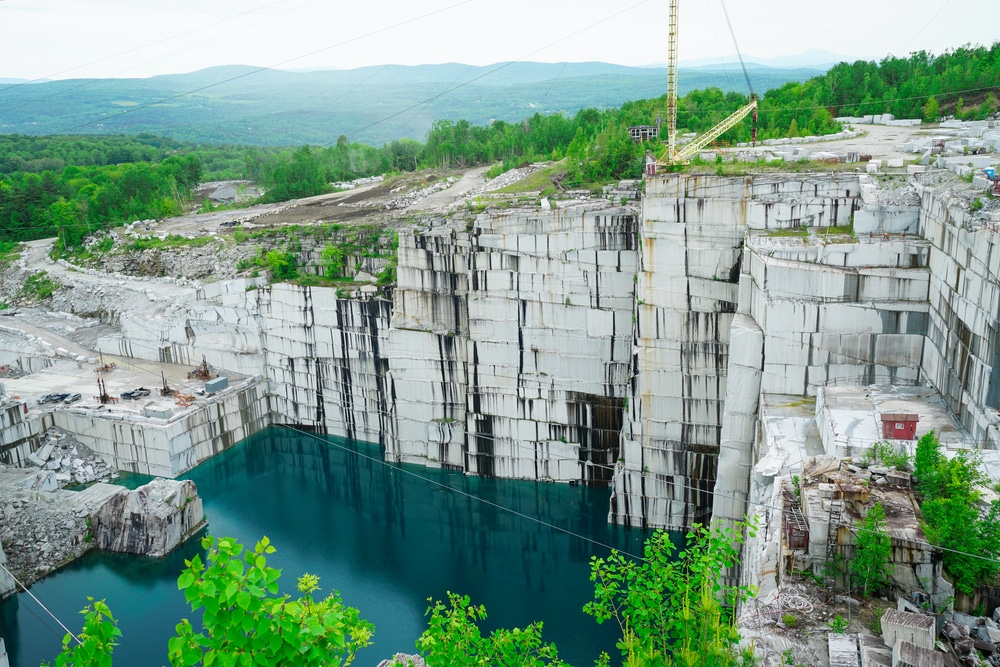Discovering Granite Quarries in South Africa: A Comprehensive Guide
Discovering Granite Quarries in South Africa: A Comprehensive Guide
Blog Article
Introducing the Mysteries of Granite Quarrying: Where Toughness and Sophistication Meet
The world of granite quarrying is a realm where the raw toughness of nature assembles with human artistry to create structures that stand the test of time with an air of beauty. From the depths of quarries to the meticulous sprucing up in workshops, the process of changing granite right into building marvels is an intricate dancing of tradition and development. As we peer into the midsts of this ancient craft, we start to discover the hidden ins and outs that shape the extremely essence of our constructed setting.
The Origins of Granite Quarrying
In the record of building history, the origins of granite quarrying are shrouded in a tapestry of ancient craftsmanship and geological wonders. Dating back to old Egypt and Mesopotamia, the extraction of granite from quarries marked the beginning of a trip that would at some point cause the development of several of the world's most famous frameworks.
Granite quarrying's roots can be traced to the proficient artisans that identified the stone's resilience and aesthetic charm. Through a mix of primitive tools and sheer decision, these very early quarry workers uncovered granite blocks that would become the foundation of civilizations.
As civilizations evolved, so did the methods of quarrying granite. The Romans, renowned for their engineering expertise, created innovative approaches for removing granite to build monoliths, holy places, and roads that stood the examination of time.
The tradition of these old quarrying methods remains to form modern design, with granite staying an icon of strength and sophistication in building and construction tasks around the world. (granite quarries in south africa)
Tools of the Quarrying Profession
The development of granite quarrying strategies from ancient worlds to modern-day times highlights the crucial duty played by the devices of the quarrying trade in forming the market's practices. In old times, quarrying tools were primary, usually containing blades, hammers, and wedges made from materials like bronze or iron. These tools called for substantial workforce and time to remove granite blocks from quarries.

In addition, the intro of pneumatic devices and high-powered equipment has actually significantly reduced the physical labor called for in quarrying procedures, enhancing employee security and productivity. As the quarrying sector proceeds to innovate, the devices of the profession stay at the forefront of driving progress and forming the future of granite removal.
Drawing Out Blocks of Granite
Utilizing accuracy equipment and advanced methods, the extraction of granite blocks from quarries has actually become an advanced process in the contemporary quarrying industry. The preliminary action entails recognizing the location and dimension of the granite down payment to establish the most reliable removal technique. Once an see here now appropriate site is picked, the removal process begins with the boring of openings for why not find out more the positioning of nitroglycerins. Managed blowing up strategies are then used to disintegrate the granite into manageable areas.

Polishing and Ending Up Methods
To accomplish a flawless surface on granite blocks, competent craftsmens use a collection of careful sprucing up and finishing techniques. After the initial extraction and shaping processes, the granite blocks undertake a thorough sprucing up stage to improve their natural beauty and resilience. One typical technique used in polishing granite is diamond abrasion, where industrial rubies are used to grind and polish the rock to a smooth surface. This process not just produces a shiny surface but also ensures harmony in color and appearance throughout the granite block.
In addition to polishing, ending up methods are used to additional fine-tune the granite's appearance. By thoroughly selecting and applying these brightening and completing techniques, artisans can transform raw granite obstructs right into beautiful items that display both toughness and sophistication.

Environmental Effect and Sustainability
With the expanding emphasis on environmental awareness in the market, granite quarrying practices are significantly looked at for their effect on natural resources and long-term sustainability. Quarrying for granite can have considerable ecological ramifications. The removal process often involves making use of hefty equipment, explosives, and large amounts of water, causing environment devastation, soil disintegration, and water contamination. Furthermore, the transport of granite from quarries to refining centers generates carbon exhausts, further adding to environmental degradation. granite quarries in south africa.
To reduce these impacts and make certain sustainability in granite quarrying, market stakeholders are taking on various measures. Executing sophisticated technologies to reduce power consumption and water usage, recovering quarried land for ecological remediation, and promoting liable sourcing practices are some strategies being utilized. Furthermore, qualifications such as the Woodland Stewardship Council (FSC) and the Leadership in Energy and Environmental Layout (LEED) help customers recognize eco-friendly granite products.
Verdict
Finally, granite quarrying is a process that needs specialized tools and strategies to essence blocks of granite and polish them to a high level of finish. While the ecological impact of quarrying can be considerable, efforts are being made to improve More about the author sustainability practices in the industry. In general, granite quarrying is a delicate balance between utilizing the stamina and style of this all-natural stone while minimizing its influence on the environment.
Report this page